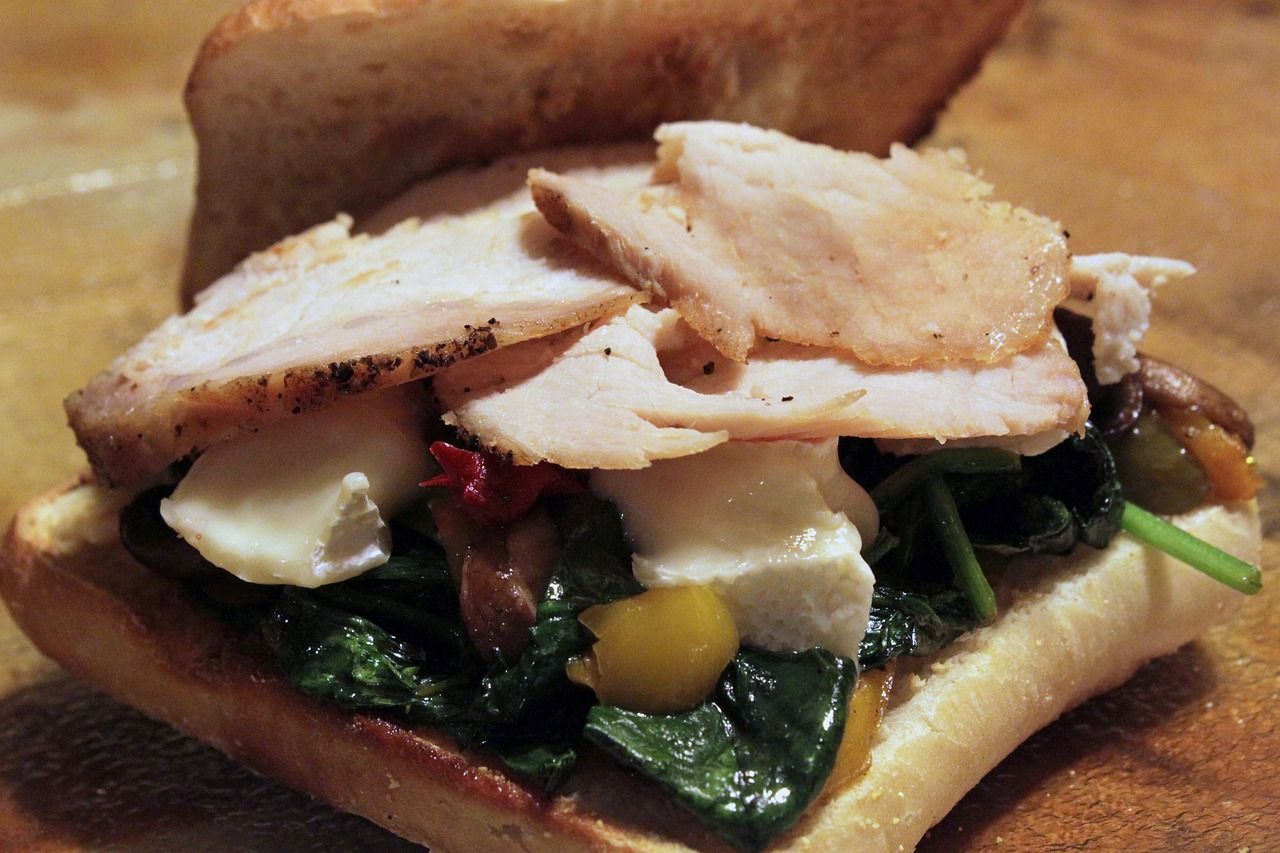If you truly want to get a taste of your surroundings, street food is almost always the best place to start, whether that’s okonomiyaki in Osaka, gelatos in Sicily, Banh Mi in Saigon, or pastel de natas in Lisbon. Street food in Portugal, however, looks a tad different from the rest of the world. Where most visitors expect the mobile stalls famous in Asian cities or the food trucks that are popular in America, Portugal’s street food is hidden inside cafés, indoor markets, long-standing establishments, and pastelarias or pastry shops. No matter which part of Portugal you’re in, be on the lookout for these local haunts, and once you spot them, here’s what you should order.
10 Farturas
Churros in a plate
Farturas are to Portugal what its cousin churros are to Mexico: deep-fried strips of dough rolled in cinnamon sugar. Much like the rest of the world, farturas in Portugal are a popular food to snack on at fairs, markets, and outdoor events. In Portugal, however, the sweet and crunchy farturas are rolled into circular knots and swirls rather than served as straight sticks.
Sausage rolls
Simply put, pão com chouriço is a Portuguese pork sausage roll and a go-to snack of choice to munch on by both tourists and locals on the go. The pork sausages themselves are generally seasoned with garlic and paprika, whereas the bread rolls are baked in wood-fired ovens. Best eaten whilst still hot out of the oven, a holiday in Portugal isn’t complete without one too many pão com chouriço.
8 Cachorrinhos
Cachorrinhos is Portugal’s version of a hot dog, and it is practically an institution in the coastal city of Porto. At its simplest, sausage and cheese are stuffed inside a toasted mini-baguette or a Portuguese bun to make cachorrinhos. Some places go on to add the usual lettuce, onions, mustard, and veggies to the Portuguese hot dogs, whereas others cover the cachorrinhos in a sauce. Regardless of the toppings and additions that locals prefer in their cachorrinhos, the hot dogs are best gulped down with cold beer.
- Where to eat: Most places in Porto serve a mean cachorrinhos but the no-frills snack bar Gazele has been making these for 50 years.
7 Prego
Beef slices
Portugal has many famous sandwiches but prego, aka steak sandwich, is the most underrated of them all. Prego is made by stuffing thin slices of beef marinated in garlic between papa secos — traditional Portuguese bread rolls. The beef used is usually of fairly basic quality, which makes the sandwiches more fit for street stalls, food markets, and local pubs rather than fine dining steakhouses. The garlicky beef sandwiches are best washed down with glasses of beer while strolling around on a warm sunny day in Portugal.
6 Bifana
Pork sandwich
Prego and bifana together are considered Portugal’s national sandwiches, and the latter is preferred by those who don’t quite fancy beef between their bread. In fact, even McDonald’s sells McBifanas in Portugal! A bifana is a crusty bread roll stuffed with pork strips marinated in garlic and wine. Although popular all over Portugal, each region prefers its Bifana a certain way: a squeeze of mustard is preferred in the south, whereas northern regions cook the pork in a rich sauce. Regardless of the nitty-gritty, Bifana is the go-to late-night snack to eat on the cheap after a night of drinking.
5 Salgados
Croquettes
Rather than one street food, salgados are a category of salty deep-fried foods found in most bars, snack bars, and pastelaria all over Portugal. There are all kinds of salgados that visitors can snack on during their Portugal escapades but the most popular varieties are pastéis de bacalhau (codfish cakes), croquettes, bolinhos (potatoes with meat or fish), and rissóis de camarão (shrimp turnovers).
4 Bola De Berlim
A custard stuffed donut on a windowsill
Visitors may enter a pastry shop or a café in Portugal for a pastel de nata but it’s pretty common to find them leaving with a bola de Berlim or two. A Portuguese spin on the German Berliner, bola de Berlim is a thick and fluffy donut that’s sliced in half, filled with sweet egg-based custard, rolled in sugar, and is larger in size than its German namesake.
3 Castanhas Assadas
Chestnuts being roasted over fire
Whether you’re out and about exploring the churches and cathedrals of Portugal in the winter, surfing on a beach, or strolling through the colorful streets of a quaint seaside town, the smell of roasted chestnuts perpetually wafts in the air. Roasted over charcoal, castanhas have a sweet and salty flavor and are almost always served warm in paper cones. Sadly for summer visitors, castanhas assadas are usually a winter delicacy when families make their own bonfires to roast their chestnuts and street vendors roast them fresh during festivals like São Martinho.
2 Sardinhas Assadas
Sardines Being Grilled at a Restaurant
Considering the fact that Portugal shares its borders with the Atlantic Ocean, it really comes as no surprise that seafood is popular street food in the country. Sardinhas Assadas or grilled sardines, in particular, are considered a national dish. In fact, each year, the Portuguese celebrate their most respected saint, Anthony, with a sardine festival! Those visiting Portugal in June will find whole sardines seasoned with salt being grilled out in the open on every street and served over a slice of bread with potatoes, salads, and slices of fresh lemons.
-
Where to eat:
Although Algarve is famous for its sardines, the Santo António Festival in Lisbon — also known as the Festival of Sardines — is perhaps the best place to be eating Sardinhas Assadas in Portugal.
1 Pastel De Nata
Pastel de nata
As legend goes, the pastel de nata was created by the monks of Jerónimos Monastery in Santa Maria de Belém, Lisbon. Egg whites at the time were commonly used to starch clothes, and monks of the monastery would whip up creamy custard tarts using the egg yolks that were left over. Today, the Portuguese capital continues to bake some of the best pastéis de nata dusted with cinnamon in the country. Often confused with pastel de belém, which is nothing but another name for the same tart, pastel de nata is best enjoyed with a coffee at a bistro or a pastry shop.
-
Where to eat:
Pastéis de Belém in Lisbon has been making pastel de nata using the ancient recipe from the Jerónimos Monastery since 1837.








